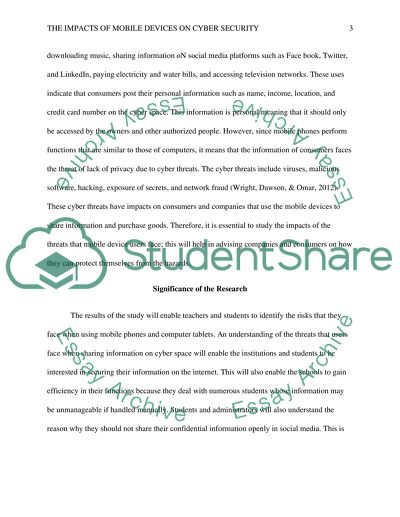Cite this document
(The Impacts of Mobile Devices on Cyber Security Assignment - 1, n.d.)
The Impacts of Mobile Devices on Cyber Security Assignment - 1. Retrieved from https://studentshare.org/information-technology/1624394-proposal
The Impacts of Mobile Devices on Cyber Security Assignment - 1. Retrieved from https://studentshare.org/information-technology/1624394-proposal
(The Impacts of Mobile Devices on Cyber Security Assignment - 1)
The Impacts of Mobile Devices on Cyber Security Assignment - 1. https://studentshare.org/information-technology/1624394-proposal.
The Impacts of Mobile Devices on Cyber Security Assignment - 1. https://studentshare.org/information-technology/1624394-proposal.
“The Impacts of Mobile Devices on Cyber Security Assignment - 1”, n.d. https://studentshare.org/information-technology/1624394-proposal.


